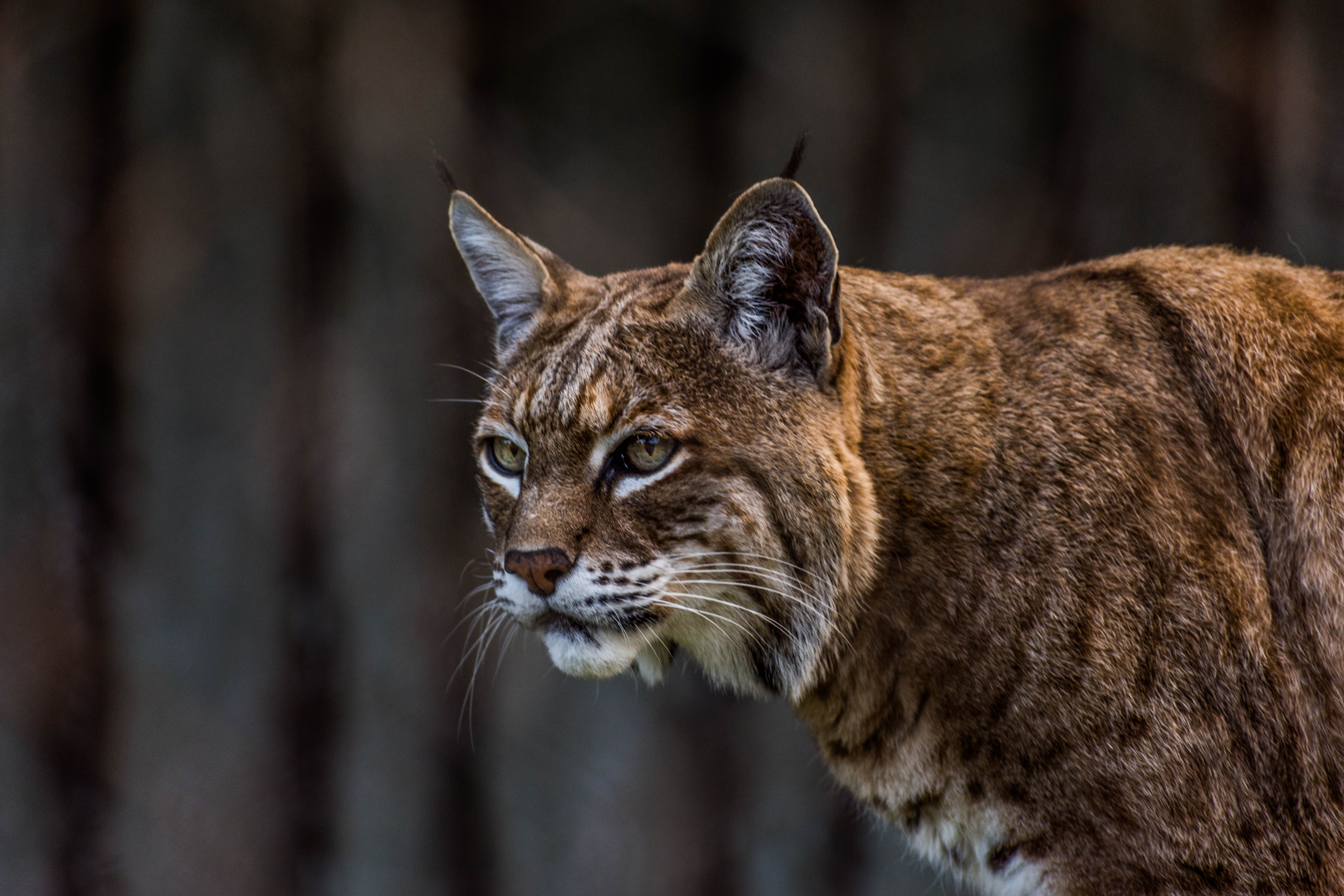What to do when you encounter a wild animal with your pet
When living in Arizona, encountering a wild animal with your pet isn’t an uncommon phenomenon. Depending on where you live in the Valley, your pet may be more or less likely to share the backyard with many different guests during the fall season. While these wild animals may look cute and tame, they can often pose a threat to your domesticated pet if they feel threatened. Here are a few tips for pet owners to ensure that both your animal and those in the wild are safe from harm.
Hiking safety
It can be tempting to let your dog off-leash when hiking in wooded or desert areas, but this can be dangerous. When roaming freely, you never know what your pet may confront or be exposed to if the opportunity arises. Without the restraint of a leash, dogs encountering a wild animal for the first time can be aggressive and fearless. Unfortunately for Fido, these animals often have pokey quills, strong hooves, fangs, or other defense mechanisms. Giving wild animals enough space – think of it as a buffer zone – is another way to reduce you and your pet’s risk of injury. Keeping your dog on a leash ensures that they won’t run off and potentially spook an animal.
- If you want to take more than one of your pets on a hike, bring another person along! Attempting to manage more than one pet alone while hiking through the desert can be challenging, so having an extra set of hands can help you act in an emergency, and of course, keep you and your pets as safe as possible.
Backyard safety
Your backyard may seem like a safe place for your pets to roam about, but there are still a few things you should keep in mind when it comes to wild animal safety.
- No food left behind. Wild animals are curious, especially if there’s food involved! Make sure to take food bowls back into the house after mealtime, and minimize human clutter that could potentially attract unwanted wild animals to your backyard.
- Scoop the poop. Pet waste is another drawing factor that piques the interest of animals near and far — picking up after your pet keeps your yard clean and free of wild visitors.
- Pet supervision. Wild animals are most likely to be in the neighborhood in the early morning and late at night. Accompanying your pet outdoors during these times is a great safety measure to reduce the chance of harm coming to your animal. If you do happen to confront an animal, try to stay as calm as possible, make yourself appear as big as possible, and make loud noises to deter the animal from approaching.
What to do if your pet is injured
Most wild animals are more afraid of you than you are of them; and while the odds of your pet getting hurt by a wild animal are relatively slim, it absolutely can happen! In the event that your animal is injured by a wild animal, it is essential to be cautious. Pain and fear can make even the tamest pet act aggressive and snappy. First, ensure that the danger/threat has passed. Second, assess the injury carefully while limiting contact with your pet in order not to aggravate the wound or pain. Third, before moving your pet find a veterinary location near you immediately (if possible) and call to notify the staff you will be bringing the injured pet to the clinic. Never delay in obtaining treatment for your pet.
Also, remember to remain as calm as possible in order to help reassure your pet that they are safe, and that you are there to care for them.


